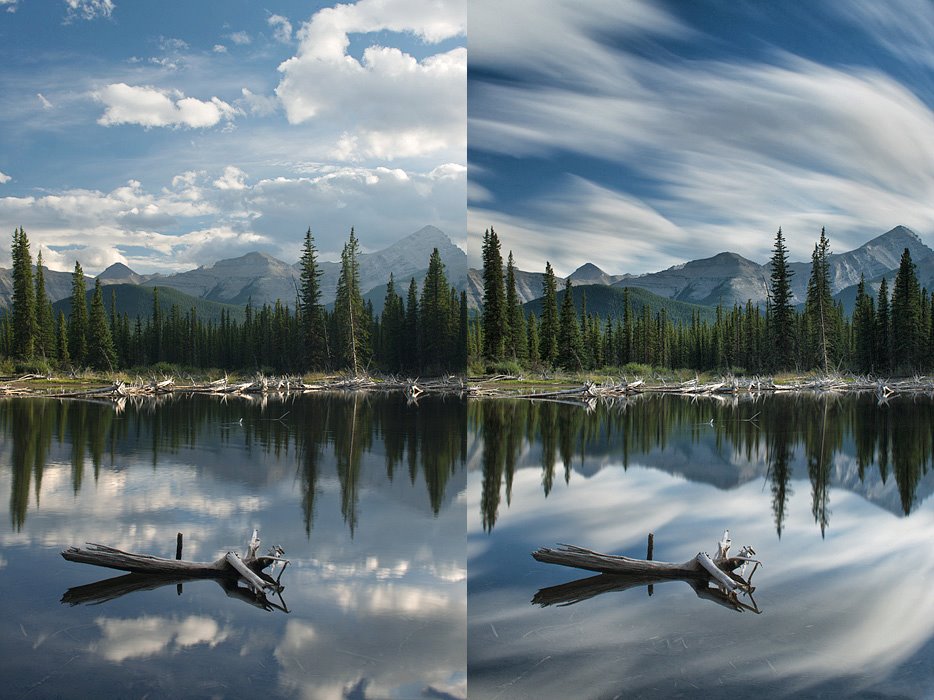

- Different filters for photos manual#
- Different filters for photos skin#
- Different filters for photos iso#
- Different filters for photos professional#
Now what about the cityscape? All the pictures look the same (well at least to me) As Kodak says, a no.12 yellow filter will make the sky look natural, while a 25 red will make the sky look almost black.ī&w film is very sensitive to the color blue (I don’t know why) so a scene with a blue sky, the sky will be very pale gray, almost white, and if there’s clouds, the clouds won’t show up or will be hard to see depending on the scene, so a colored filter should be used.Google has recently added new Real Tone filters to Google Photos, allowing users to truly shine in their own skin color. One where the rose is white and a dark stem, the other where the rose is dark and a light stem. So if I photograph a red rose, green stem, a red filter will not lighten the red rose? I want two pictures of a red rose, green stem. In the shot with the guy wearing a red hat, the 21 orange filter lightened the red hat. I always thought that a colored filter will lighten it’s own color and darken the others. The artical was about colored filters with b&w film. Look at the black and white photos of Ansel Adams.

I like digital, but there’s something about film that digital can’t match. When I became interested in photography, there was no digital. Side-by-side examples B&W Film Used With Color Filters Portraits on Ilford Delta 400ĭaylight nature scene on Ilford Delta 400 A color filter allows you to alter accents of colors in different tones from their original representation. You can change this mood by adjusting the color contrast. If certain colors in a scene seem too similar, it can make the B&W picture relatively flat and milky. To get a more creative and exciting look for your black and white photos, be sure to not only convert them with the right color filter but also experiment by using an assortment of different ones. However, with a rangefinder, you won’t see how the color filter impacts as you are not looking through the lens. With an SLR, you will see the impact of the color filter when framing the shot. It is also essential to consider the use of SLR versus Rangefinder-style cameras. However, beginners should stick to a film camera with TTL metering until they get used to the process and outcomes of using colored filters.
Different filters for photos manual#
Some older models will need to have exposure adjusted manually – reference an owner’s manual to see how your camera meters correctly. Most newer cameras use TTL metering to correct the impact of filters automatically. A tripod is a great way to achieve balance as pushing film increases contrast (as do filters) so the contrast could get way too strong especially with a red filter.
Different filters for photos iso#
In obtaining test shots for this article, we were able to shoot with 50 ISO and 100 ISO with a red filter during the day without a tripod. It is recommended to use a film such as Delta 400 or Tri-X 400.ĭelta 400 Film Review | Tri-X 400 Film ReviewĤ00 ISO film will still allow enough light even with -4 stops. Although, flare can happen with good filters as well which is why it is good to have a lens hood as well.Įach filter reduces the amount of light transmitted by 1 to 4 stops and could significantly affect your shooting style. However, some filters with more expensive and advanced coatings can overcome this risk. Mounting lower-quality filters on the front of a lens can increase the risk of flare. The color filters covered in this article refer to the circular type. Cons to Consider When Using Color Filters

Different filters for photos professional#
These colored filters have been around since the early days of film photography and have been used by professional photographers ever since then. Many kinds of color filters are available today, but most photographers use these standard colors yellow, orange, red, and green. Some say they should not be used at all, while others believe that they can add interesting effects to the final image. Choosing the Right Color FiltersĪs a B&W film photographer, you probably know that there is a lot of debate about using colored filters in your photography. Colored lens filters can help to ensure objects remain well defined in images while still providing some vibrancy for mood shots or scenery backgrounds. The process often makes objects appear clearer because their background has been eliminated, along with all those pesky reflections that can get in people’s shots without asking. When taking pictures, they act as sunglasses, filtering out specific frequencies to not distract from your picture’s quality. B&W film records the colors of light as white, and color filters block some wavelengths from being captured. When you shoot black and white film, it’s tough to get the same effect as shooting color.


 0 kommentar(er)
0 kommentar(er)
